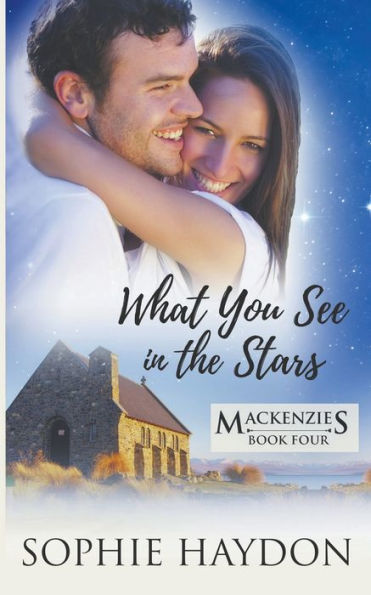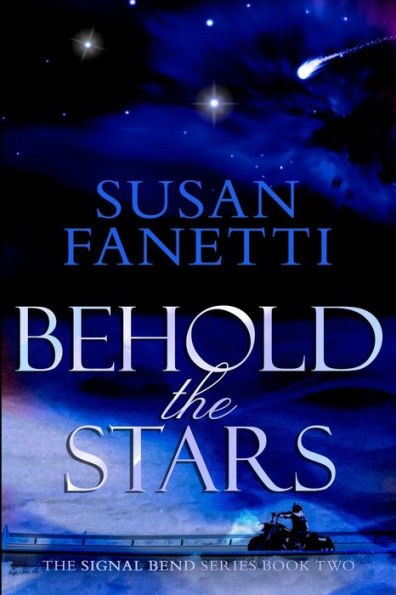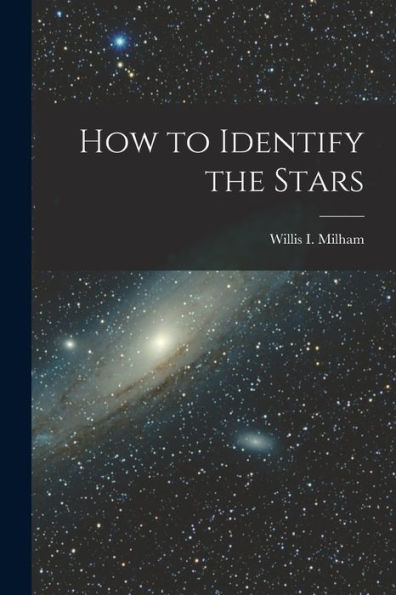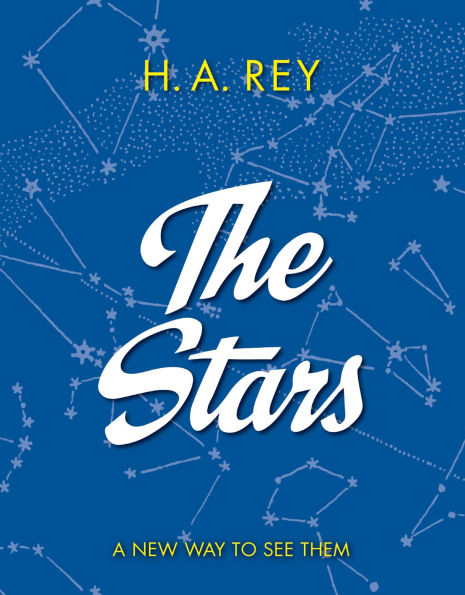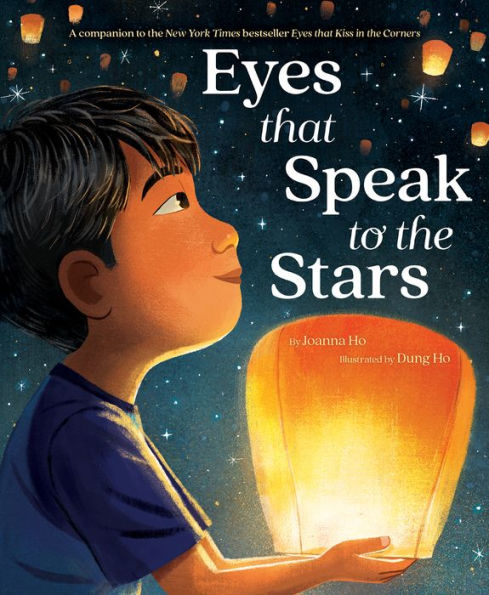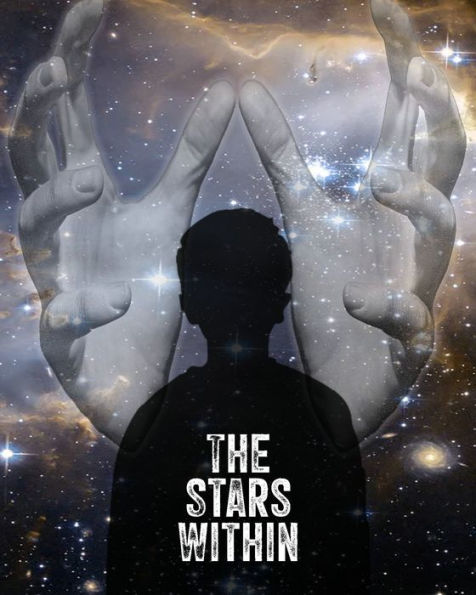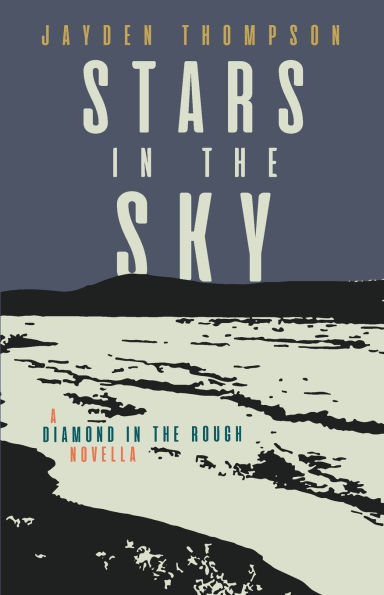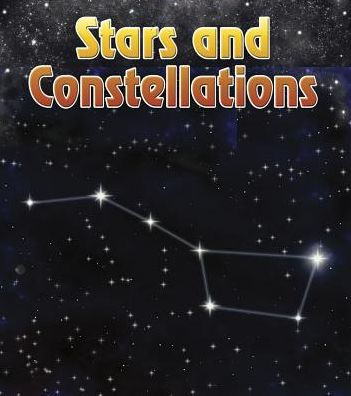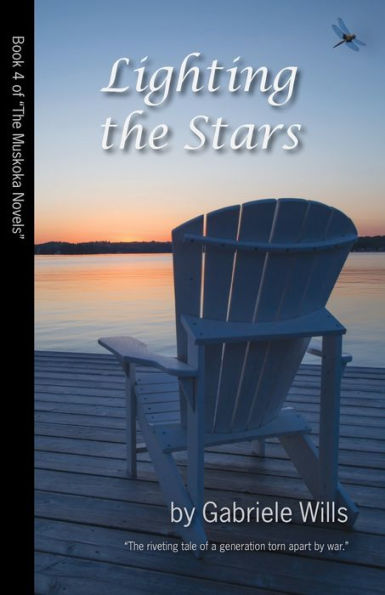Home
How Is It That I Should Look at the Stars
Barnes and Noble
Loading Inventory...
How Is It That I Should Look at the Stars in Bloomington, MN
Current price: $16.99

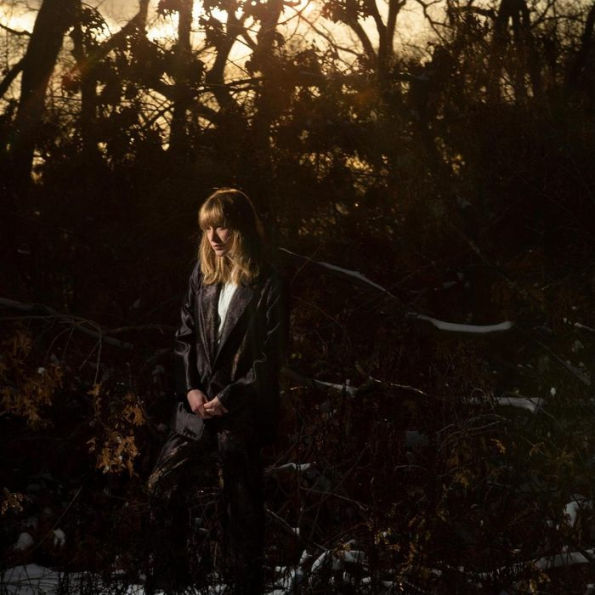
How Is It That I Should Look at the Stars in Bloomington, MN
Current price: $16.99
Loading Inventory...
Size: CD
With its dazzling sounds and poignant reflections on relationships and climate change, 2021's
Ignorance
suggested that
the Weather Station
's
Tamara Lindeman
was at a creative peak. More proof of just how inspired she was at that time arrives with
How Is It That I Should Look at the Stars
, an album strikingly different from its predecessor but very much its equal.
Lindeman
wrote these songs alongside the ones that appeared on
, but instead of continuing the intricate studiocraft that made that previous album so striking -- and something of an outlier in her body of work -- this time she opts for intimacy and spontaneity. Recorded in a handful of days,
Stars
brings listeners so close to
that they can hear her feet on the piano pedals as a small crew of improvisers from Toronto's jazz scene provide intuitive extensions of her emotions and melodies. The mood is hushed but spellbinding: on "Taught," saxophone and pedal steel drift like thoughts, while the instrumentation swells around
on "Song" like the ideas blossoming in her mind.
' smaller scale puts the focus on
's songwriting, which is as brilliantly multi-layered as it was on
. On "Marsh," she connects online arguments about politics, the iridescent beauty of water bugs, and the fragility and tenacity of life and love in a voice barely above a whisper, yet loud enough to keep her audience riveted. She continues to sing softly about hard truths of "climate grief" on "Endless Time," mingling the subtle shifts that mark the end of a relationship with musings on the unnatural abundance of early 21st century life ("we could walk out on the street and buy roses from Spain...all our lives it had been that way") in a remarkably natural fashion. Her ability to express almost subtle, almost imperceptible moods and feelings has never been keener than it is on "Stars," an end-of-the-year meditation where the pauses are just as meaningful as the melody, or "Sway," a glimpse of a shared moment that reveals the spaces between two people. More so than on
,
leans into the classic roots of her songwriting, particularly on the album's tenderest moments. She updates the traditions of
Chet Baker Sings
and
Bob Dylan
Shadows in the Night
on "To Talk About," which envisions togetherness as respite from an exhausting, puzzling world, and on "Loving You," which uses a hummable melody and repetition to emphasize that love is an action as much as an emotion. A worthy follow-up to
and an accomplished work in its own right,
makes the most of
's softly insightful powers. ~ Heather Phares
Ignorance
suggested that
the Weather Station
's
Tamara Lindeman
was at a creative peak. More proof of just how inspired she was at that time arrives with
How Is It That I Should Look at the Stars
, an album strikingly different from its predecessor but very much its equal.
Lindeman
wrote these songs alongside the ones that appeared on
, but instead of continuing the intricate studiocraft that made that previous album so striking -- and something of an outlier in her body of work -- this time she opts for intimacy and spontaneity. Recorded in a handful of days,
Stars
brings listeners so close to
that they can hear her feet on the piano pedals as a small crew of improvisers from Toronto's jazz scene provide intuitive extensions of her emotions and melodies. The mood is hushed but spellbinding: on "Taught," saxophone and pedal steel drift like thoughts, while the instrumentation swells around
on "Song" like the ideas blossoming in her mind.
' smaller scale puts the focus on
's songwriting, which is as brilliantly multi-layered as it was on
. On "Marsh," she connects online arguments about politics, the iridescent beauty of water bugs, and the fragility and tenacity of life and love in a voice barely above a whisper, yet loud enough to keep her audience riveted. She continues to sing softly about hard truths of "climate grief" on "Endless Time," mingling the subtle shifts that mark the end of a relationship with musings on the unnatural abundance of early 21st century life ("we could walk out on the street and buy roses from Spain...all our lives it had been that way") in a remarkably natural fashion. Her ability to express almost subtle, almost imperceptible moods and feelings has never been keener than it is on "Stars," an end-of-the-year meditation where the pauses are just as meaningful as the melody, or "Sway," a glimpse of a shared moment that reveals the spaces between two people. More so than on
,
leans into the classic roots of her songwriting, particularly on the album's tenderest moments. She updates the traditions of
Chet Baker Sings
and
Bob Dylan
Shadows in the Night
on "To Talk About," which envisions togetherness as respite from an exhausting, puzzling world, and on "Loving You," which uses a hummable melody and repetition to emphasize that love is an action as much as an emotion. A worthy follow-up to
and an accomplished work in its own right,
makes the most of
's softly insightful powers. ~ Heather Phares
With its dazzling sounds and poignant reflections on relationships and climate change, 2021's
Ignorance
suggested that
the Weather Station
's
Tamara Lindeman
was at a creative peak. More proof of just how inspired she was at that time arrives with
How Is It That I Should Look at the Stars
, an album strikingly different from its predecessor but very much its equal.
Lindeman
wrote these songs alongside the ones that appeared on
, but instead of continuing the intricate studiocraft that made that previous album so striking -- and something of an outlier in her body of work -- this time she opts for intimacy and spontaneity. Recorded in a handful of days,
Stars
brings listeners so close to
that they can hear her feet on the piano pedals as a small crew of improvisers from Toronto's jazz scene provide intuitive extensions of her emotions and melodies. The mood is hushed but spellbinding: on "Taught," saxophone and pedal steel drift like thoughts, while the instrumentation swells around
on "Song" like the ideas blossoming in her mind.
' smaller scale puts the focus on
's songwriting, which is as brilliantly multi-layered as it was on
. On "Marsh," she connects online arguments about politics, the iridescent beauty of water bugs, and the fragility and tenacity of life and love in a voice barely above a whisper, yet loud enough to keep her audience riveted. She continues to sing softly about hard truths of "climate grief" on "Endless Time," mingling the subtle shifts that mark the end of a relationship with musings on the unnatural abundance of early 21st century life ("we could walk out on the street and buy roses from Spain...all our lives it had been that way") in a remarkably natural fashion. Her ability to express almost subtle, almost imperceptible moods and feelings has never been keener than it is on "Stars," an end-of-the-year meditation where the pauses are just as meaningful as the melody, or "Sway," a glimpse of a shared moment that reveals the spaces between two people. More so than on
,
leans into the classic roots of her songwriting, particularly on the album's tenderest moments. She updates the traditions of
Chet Baker Sings
and
Bob Dylan
Shadows in the Night
on "To Talk About," which envisions togetherness as respite from an exhausting, puzzling world, and on "Loving You," which uses a hummable melody and repetition to emphasize that love is an action as much as an emotion. A worthy follow-up to
and an accomplished work in its own right,
makes the most of
's softly insightful powers. ~ Heather Phares
Ignorance
suggested that
the Weather Station
's
Tamara Lindeman
was at a creative peak. More proof of just how inspired she was at that time arrives with
How Is It That I Should Look at the Stars
, an album strikingly different from its predecessor but very much its equal.
Lindeman
wrote these songs alongside the ones that appeared on
, but instead of continuing the intricate studiocraft that made that previous album so striking -- and something of an outlier in her body of work -- this time she opts for intimacy and spontaneity. Recorded in a handful of days,
Stars
brings listeners so close to
that they can hear her feet on the piano pedals as a small crew of improvisers from Toronto's jazz scene provide intuitive extensions of her emotions and melodies. The mood is hushed but spellbinding: on "Taught," saxophone and pedal steel drift like thoughts, while the instrumentation swells around
on "Song" like the ideas blossoming in her mind.
' smaller scale puts the focus on
's songwriting, which is as brilliantly multi-layered as it was on
. On "Marsh," she connects online arguments about politics, the iridescent beauty of water bugs, and the fragility and tenacity of life and love in a voice barely above a whisper, yet loud enough to keep her audience riveted. She continues to sing softly about hard truths of "climate grief" on "Endless Time," mingling the subtle shifts that mark the end of a relationship with musings on the unnatural abundance of early 21st century life ("we could walk out on the street and buy roses from Spain...all our lives it had been that way") in a remarkably natural fashion. Her ability to express almost subtle, almost imperceptible moods and feelings has never been keener than it is on "Stars," an end-of-the-year meditation where the pauses are just as meaningful as the melody, or "Sway," a glimpse of a shared moment that reveals the spaces between two people. More so than on
,
leans into the classic roots of her songwriting, particularly on the album's tenderest moments. She updates the traditions of
Chet Baker Sings
and
Bob Dylan
Shadows in the Night
on "To Talk About," which envisions togetherness as respite from an exhausting, puzzling world, and on "Loving You," which uses a hummable melody and repetition to emphasize that love is an action as much as an emotion. A worthy follow-up to
and an accomplished work in its own right,
makes the most of
's softly insightful powers. ~ Heather Phares
